When we think of sports cars, sleek lines and thunderous performance often spring to mind. But the automotive world isn’t just about chasing perfection or sticking to the tried and true.
Some of the most memorable machines are those that broke the mold—embracing oddball styling, bold engineering, or downright eccentricity.
These quirky sports cars may not have topped every spec chart, but they captured imaginations and earned a cult following.
Let’s take a joyride through fifteen of the most bizarre sports cars that, against all odds, managed to steal our hearts.
There’s something undeniably captivating about the roar of a high-performance engine and the rush of acceleration.
For many enthusiasts, however, the dream of owning a fast car seems out of reach—reserved for those with deep pockets.
But what if you could experience heart-pounding speed without draining your savings?
In this article, we unveil 20 performance cars that deliver exhilarating speed and driving dynamics without the sky-high price tag.
Get ready to discover vehicles that prove thrilling performance doesn’t have to cost a fortune.
We use the term “droptop” as a synonym for a convertible, but Dodge never built a Charger droptop. So what are your thoughts on a Charger “slidetop”? Because our Pick of the Day is a 1969 Dodge Charger with a special option not often seen. It is listed for sale on ClassicCars.com by a dealership in Sherwood, Oregon.
Dodge offered several convertibles in 1969. The Dart was available as an upscale GT and performance-oriented GTS. The Coronet followed a similar path, with the convertible being available as a 500 and performance R/T. The full-size cars were a bit different, as the low-line Polara featured a convertible, as did the sporty mid-line Polara 500.
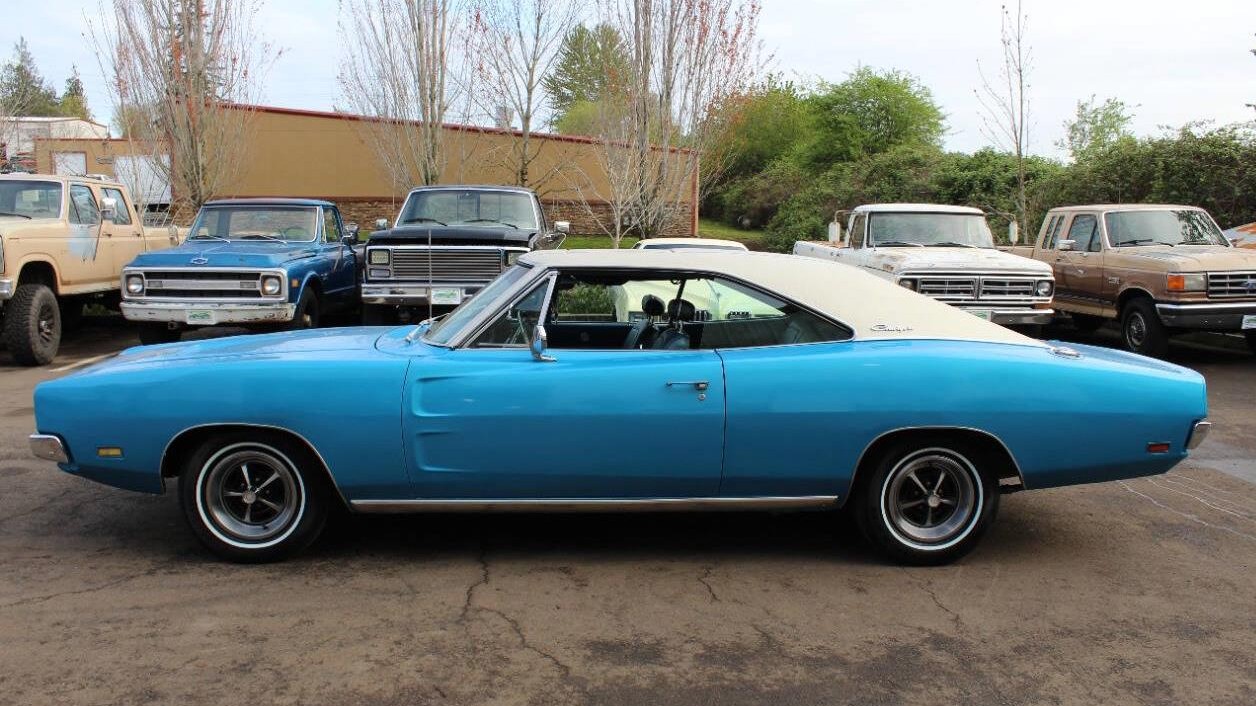
It seems that the Charger was the only model that didn’t feature a convertible, but as it was based on the same platform as the Coronet, it made no sense to offer a droptop for the hit sport coupe that experienced a rebirth after its 1968 redesign.
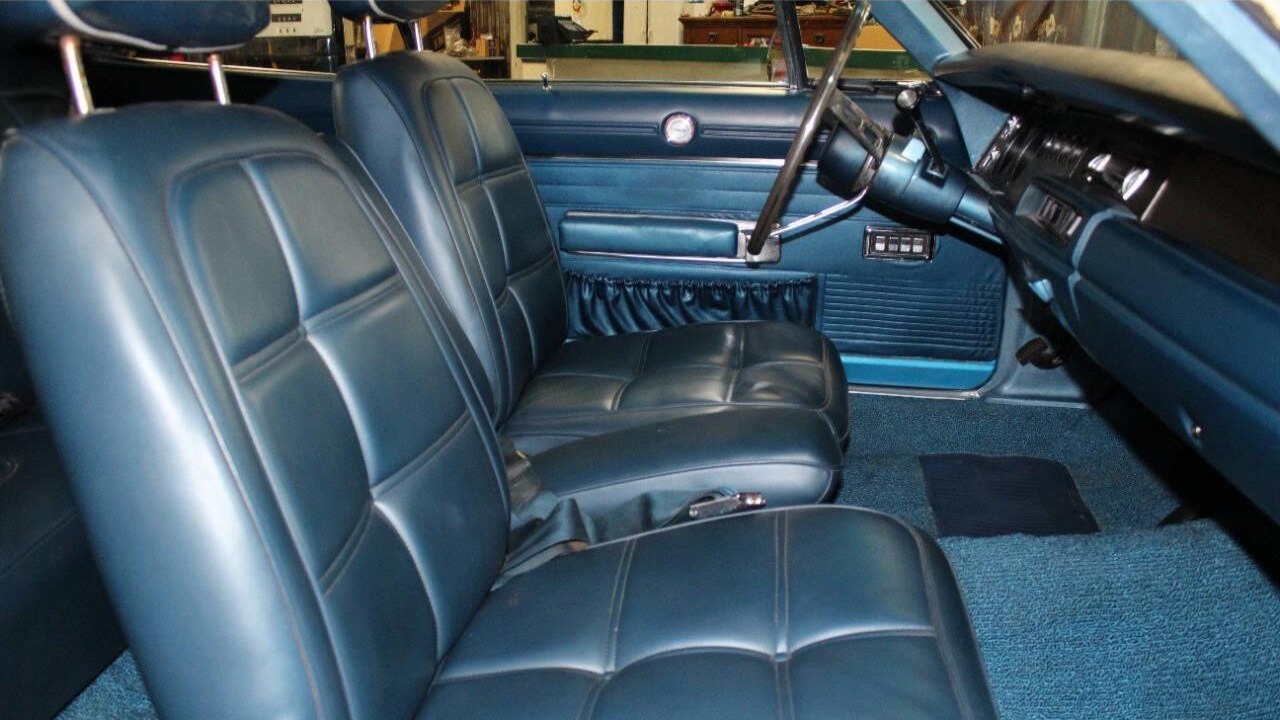
In these years, there were two Charger models: Charger and Charger R/T. The Charger was available in two configurations: Charger 6 and Charger 8, with the latter featuring a standard 230-horsepower 318; a 383 two-barrel or 383 four-barrel were optional.
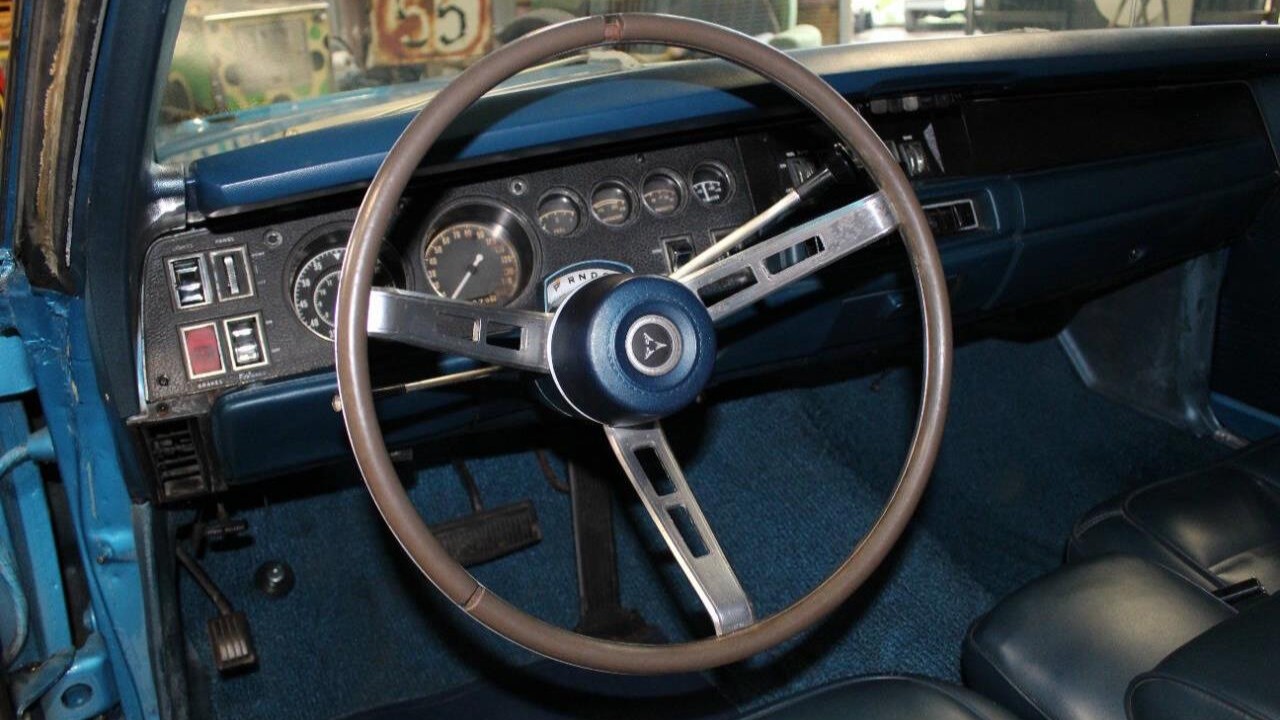
The Charger R/T also was available in several configurations, though in a different manner. The Charger 500 came with a flush nose and backlite for NASCAR homologation, while the Charger Daytona was its successor. Standard for these cars was the 375-horsepower 440 Magnum, with the optional 426 Hemi offering 50 more horses. (The 440 Six Pack wasn’t available until 1970.)
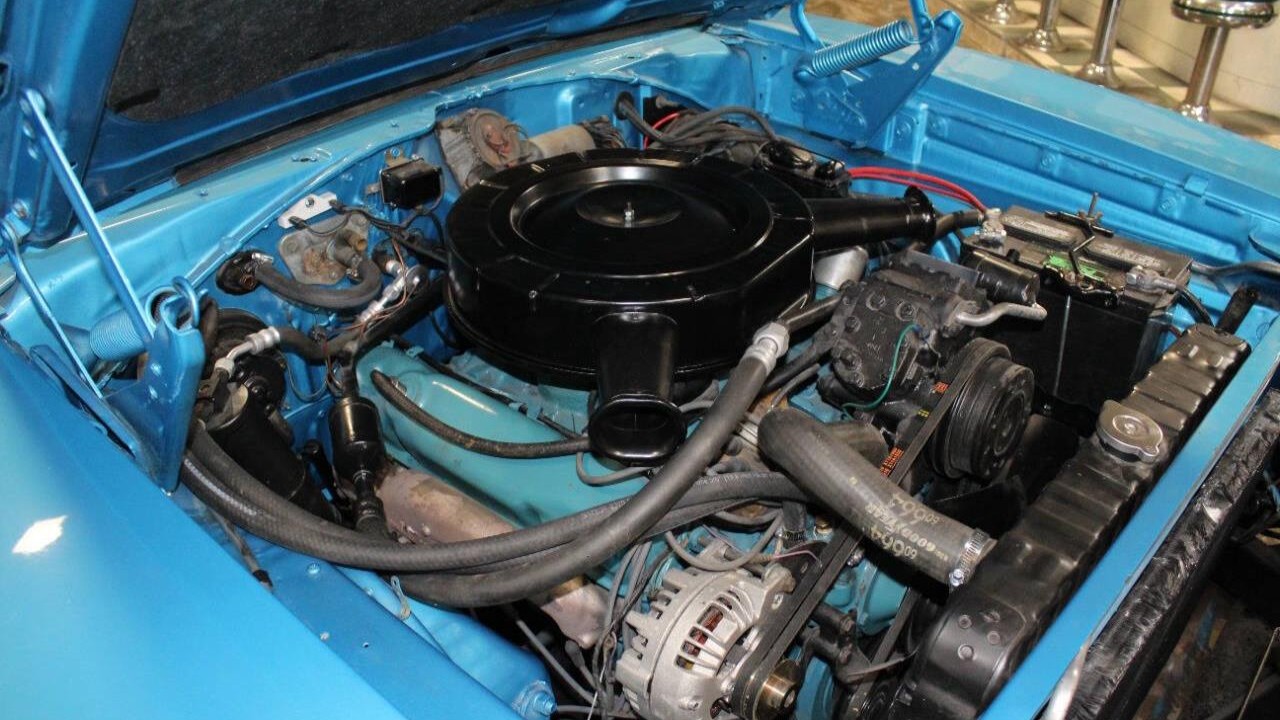
A new Special Edition (SE) package was available for both Charger models, though not available on R/Ts with the Hemi. Upgraded equipment included leather and vinyl front bucket seats, a woodgrain steering wheel, woodgrain inserts in the instrument panel, hood-mounted turn-signal indicators, pedal dress-up, deep-dish wheel covers, a light package, and Special Edition badges on the C-pillars.
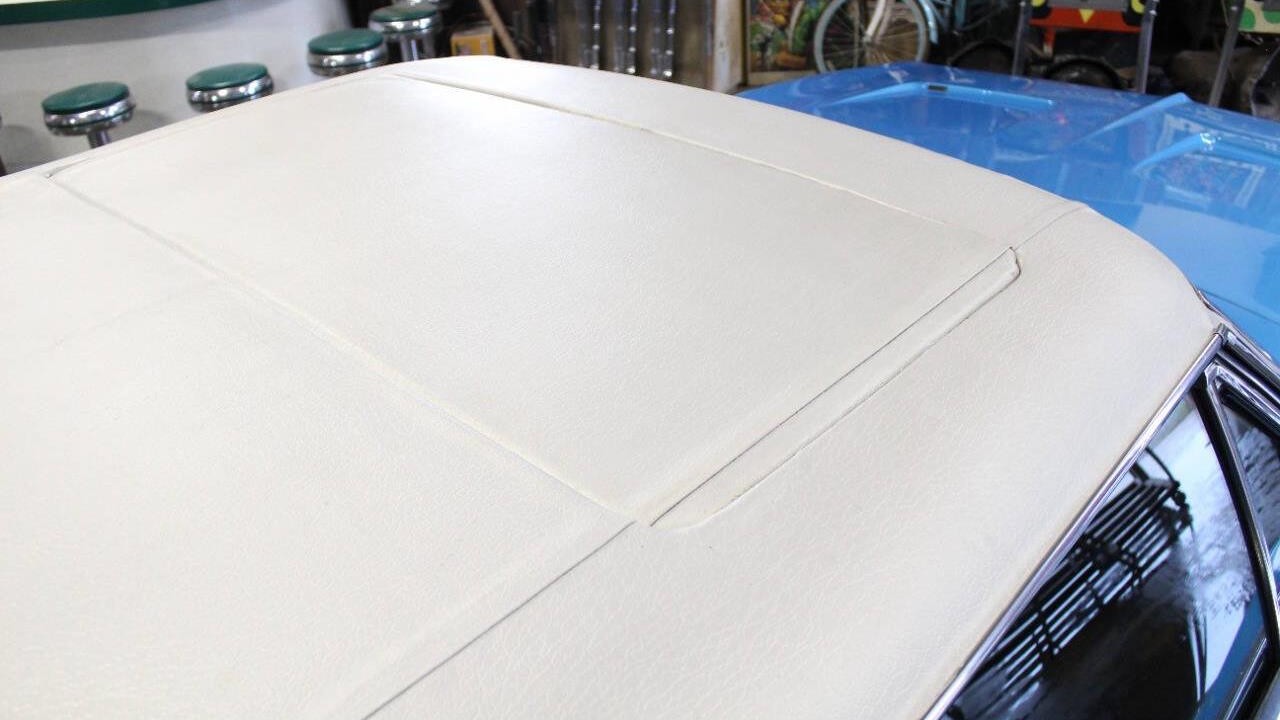
So maybe Dodge didn’t feel a Charger convertible was necessary, but it did add a special option that was starting to show its face in the industry: a sunroof. They were very expensive (over $400) and not available on many American vehicles, but starting in 1969, the Charger was one of them. Dodge announced this in a September 18, 1968, bulletin, mentioning that a vinyl top was required. When the dust settled, 260 Chargers and 131 Charger R/Ts were built for the U.S. market with this option.
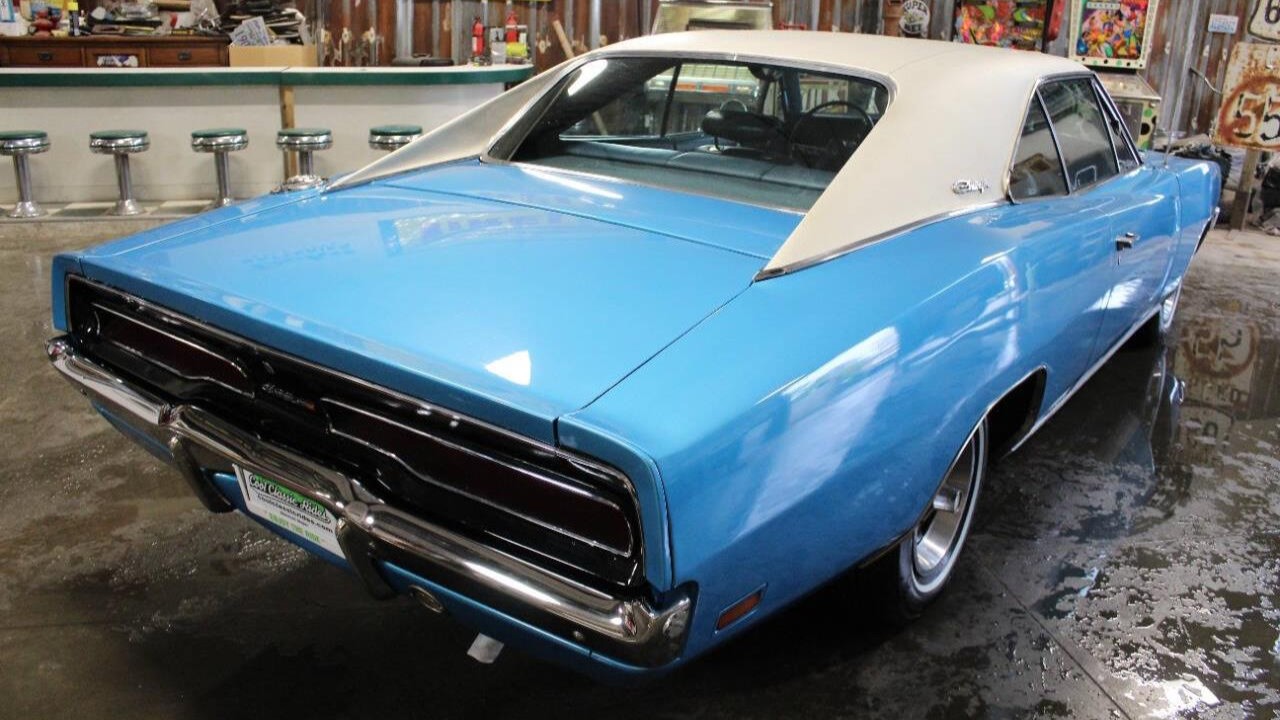
Barring the R/T, the ultimate regular Charger would be built with a 383 four-barrel and a sunroof. This Bright Blue metallic 1969 Dodge Charger fits that bill to a T. “It has a fresh coat of factory original B5 Blue paint that looks beautiful, especially with the new vinyl top,” says the seller. “The body is in amazing shape throughout.” Claimed to be a one-owner California car, this Charger is also believed to feature the original C6D blue upholstery, though the carpet and headliner are new. “The power windows have new motors and we rebuilt the sunroof motor too.” Other features include a remote driver-side mirror and Road Wheels. Both the 330-horse engine and TorqueFlite automatic have been rebuilt.
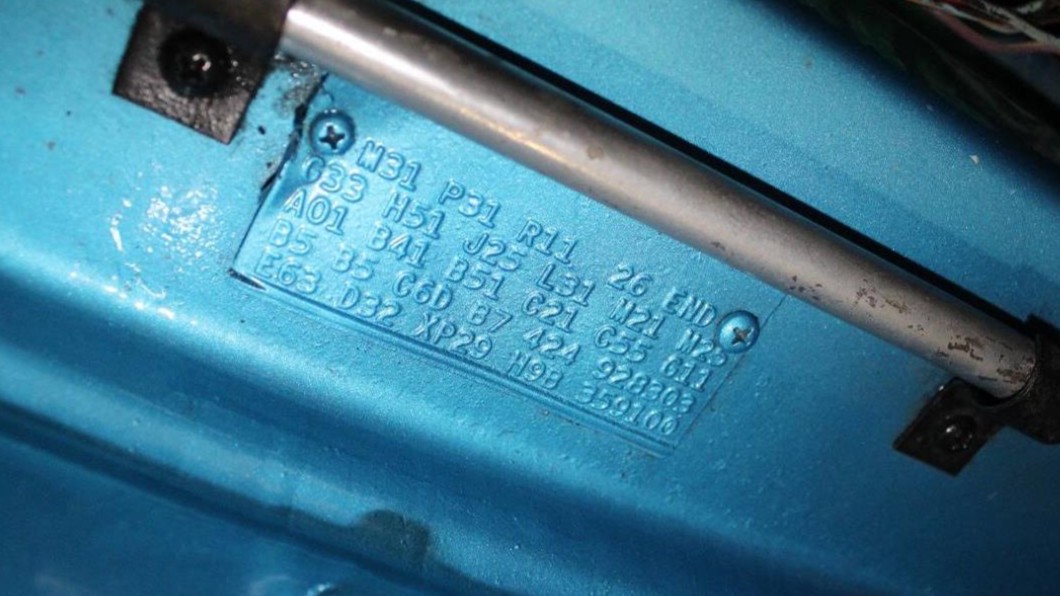
You can choose a Coronet 500 convertible and enjoy the rays or you can go with the exceptional styling of the Charger and soak up the sun thanks to a sunroof. Yes, Chargers are expensive these days, but the $69,500 being asked for this Mopar muscle car seems like a proper price point. It’s time for you to slide over and scoop it up before someone else does.
Click here to view this Pick of the Day on ClassicCars.com
According to the California Wolf Center, “In 1980, the Northern Rocky Mountain Wolf Recovery Team initiated wolf population recovery efforts in the northern Rockies of Montana, Idaho, and Wyoming. As a result of these efforts … the wolf population of Montana is now on the rise.” The wolf population within Ford is also increasing because the 2025 F-150 is the newest addition to the Lobo street truck lineup that started last year with the Maverick.
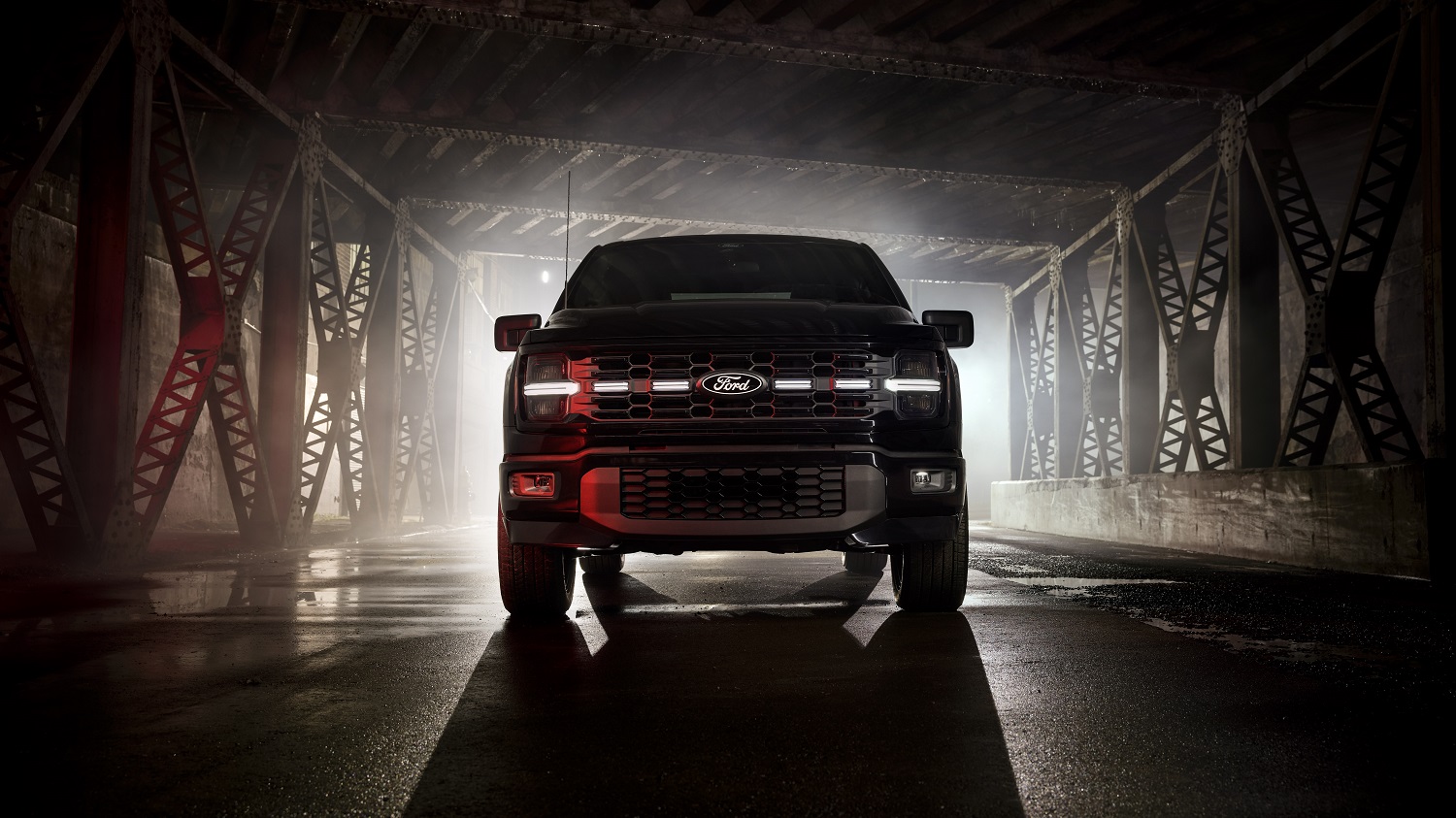
Based on the F-150 STX SuperCrew, the Lobo is available in Agate Black Metallic, Atlas Blue Metallic, Carbonized Gray, Oxford White, or Rapid Red Metallic Tinted Clearcoat. Up front, a cowl hood with black vents, special upper grille with light bar, and glossy black mesh lower grille make sure the Lobo stands out from the pack of other F-150s.
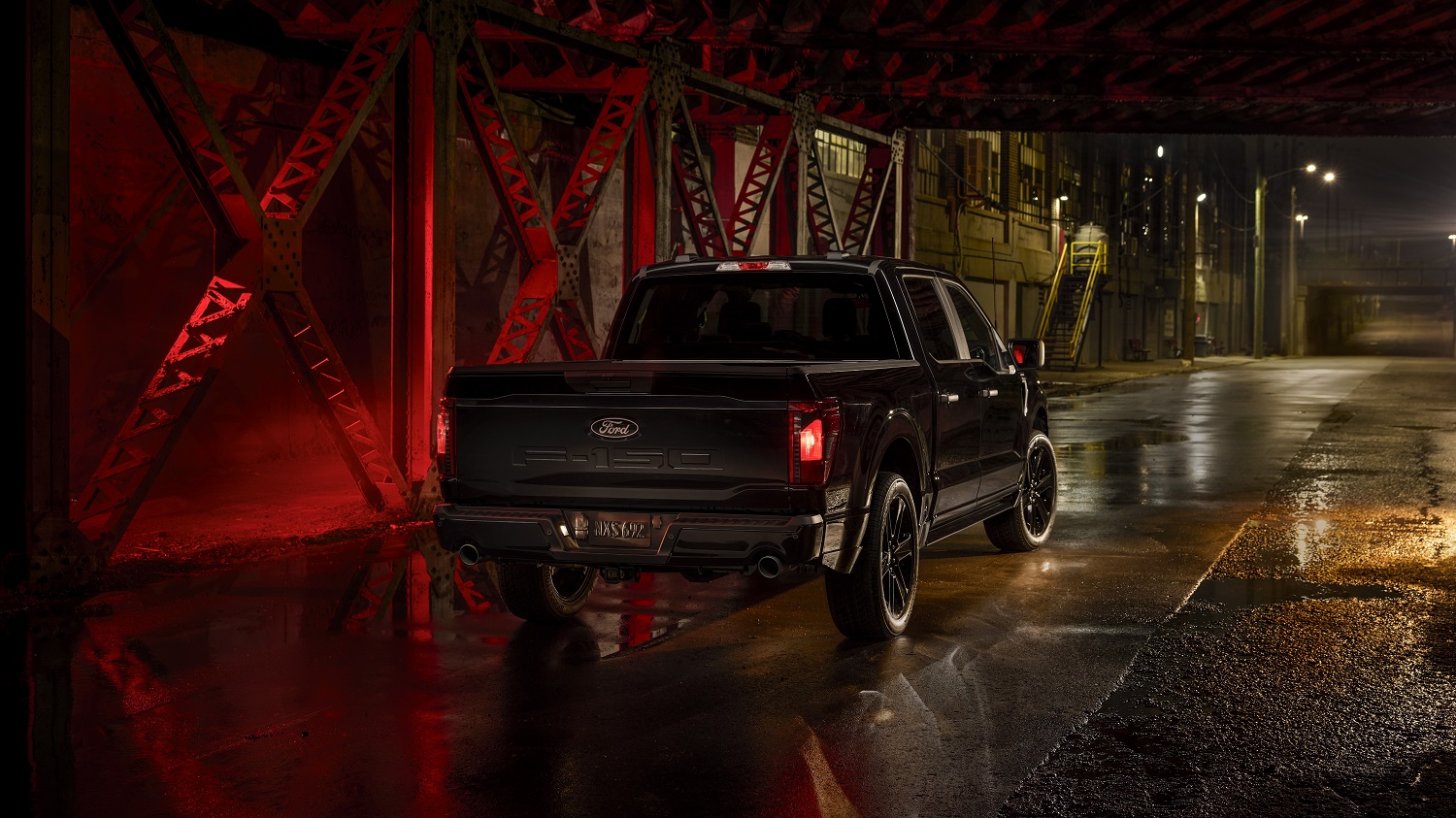
Upgraded taillights and black dual exhaust outlets do the same at the rear. A two-inch rear suspension drop and a 10-piece ground effects kit physically and visually bring the Lobo closer to its 22-inch gloss-black wheels and the ground below.
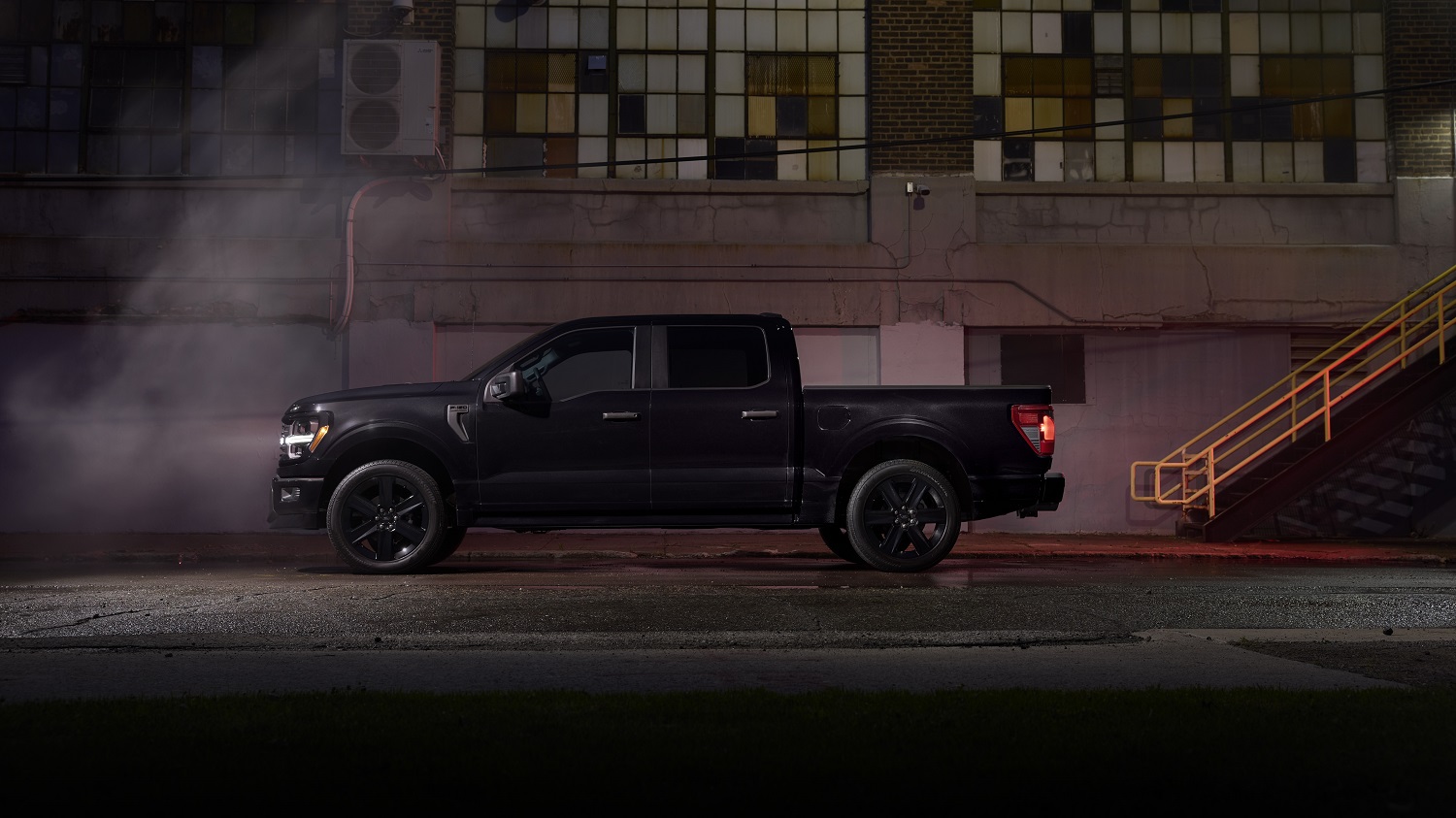
Lobo, Spanish for wolf, has been the name for the Ford F-150 in Mexico since 1997. Given the visuals such a name brings to mind, Ford needed to pair its newest street truck with the right engine, something with a growl. That explains why Ford chose the 5.0-liter V8, which has 400 horsepower and 410 lb-ft of torque. An upgraded two-speed automatic four-wheel drive system and a 3.73:1 locking rear end help the Lobo rip into the road.
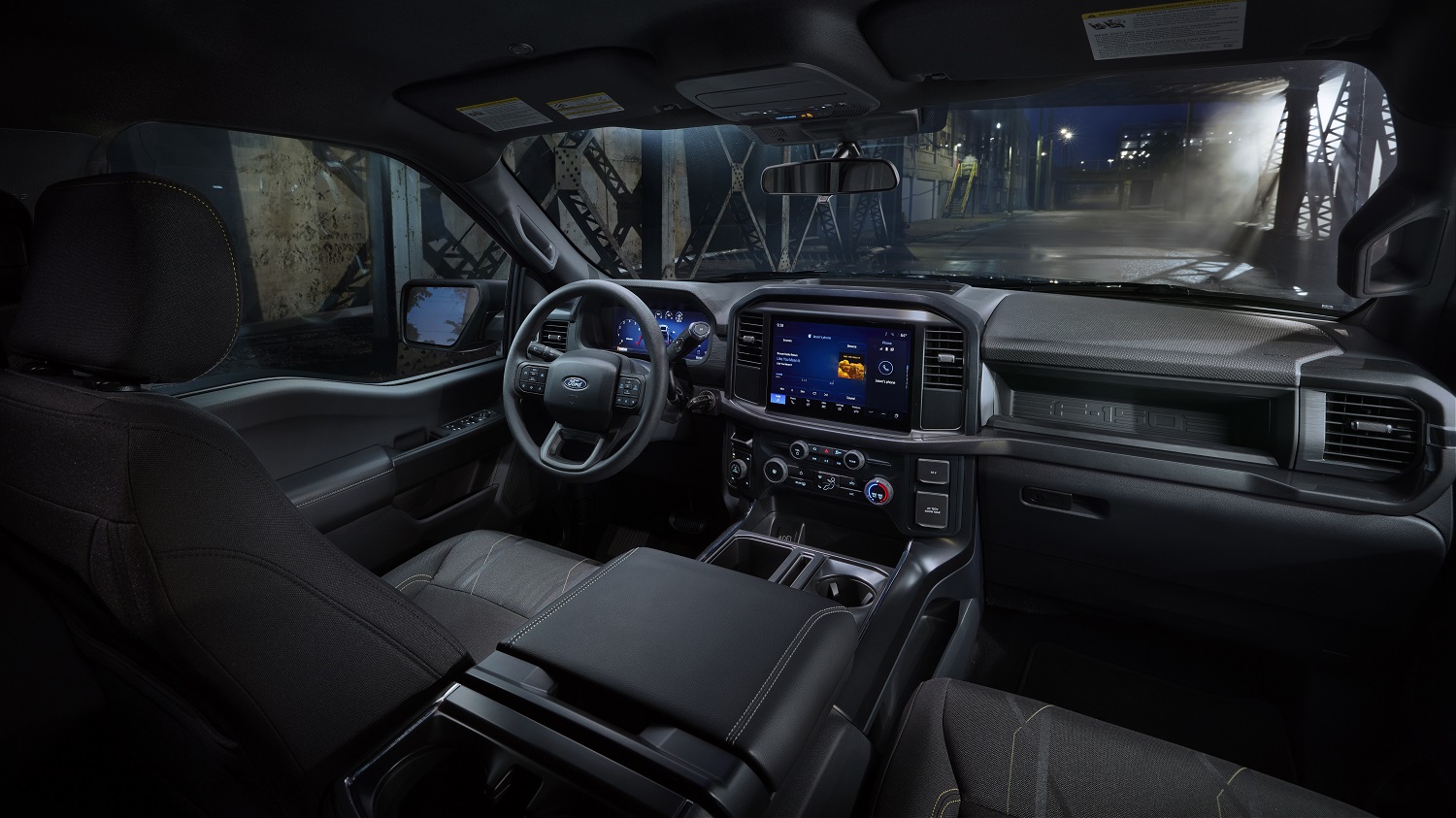
By itself, the Lobo package is $4,695. When Ford dealers get 2025 F-150 Lobos in its showrooms this fall, it will cost you at least $57,800 (plus another $2,195 for destination and delivery) to take one (a.k.a. a lone wolf) home with you.
Few engines evoke as much passion as the legendary V8. With their signature rumble and raw power, V8s have shaped the very soul of performance cars for decades.
From classic American muscle to refined European icons, these engines symbolize freedom, innovation, and unmatched excitement.
Their enduring appeal isn’t just about speed—it’s about the unique blend of history, engineering, and emotion they inspire. Even as technology evolves, the V8 remains a cherished centerpiece for car enthusiasts everywhere.
Let’s explore 15 unforgettable V8 legends that continue to captivate the automotive world.
Founded in 1899, Packard became a powerhouse in the luxury car market in the early part of the 20th century. The company sold cars in 61 countries as of about 1928. Its president and General Manager, James Macauley, was understandably proud of what the brand had become. Advertisements featured the tagline, “Ask the Man Who Owns One.”
While a sexist phrase like that would never fly in today’s automotive media, it did convey the sense of self-image and dignity that Packard salespeople were going for. And who could blame them? The cars were indeed gorgeous.
Featured on AutoHunter is this 1940 Packard Custom Super Eight 180 Sedan. The car is being sold by a dealer in Fort Smith, Arkansas, and the auction will end Thursday, June 19, 2025 at 11:30 a.m. PDT.
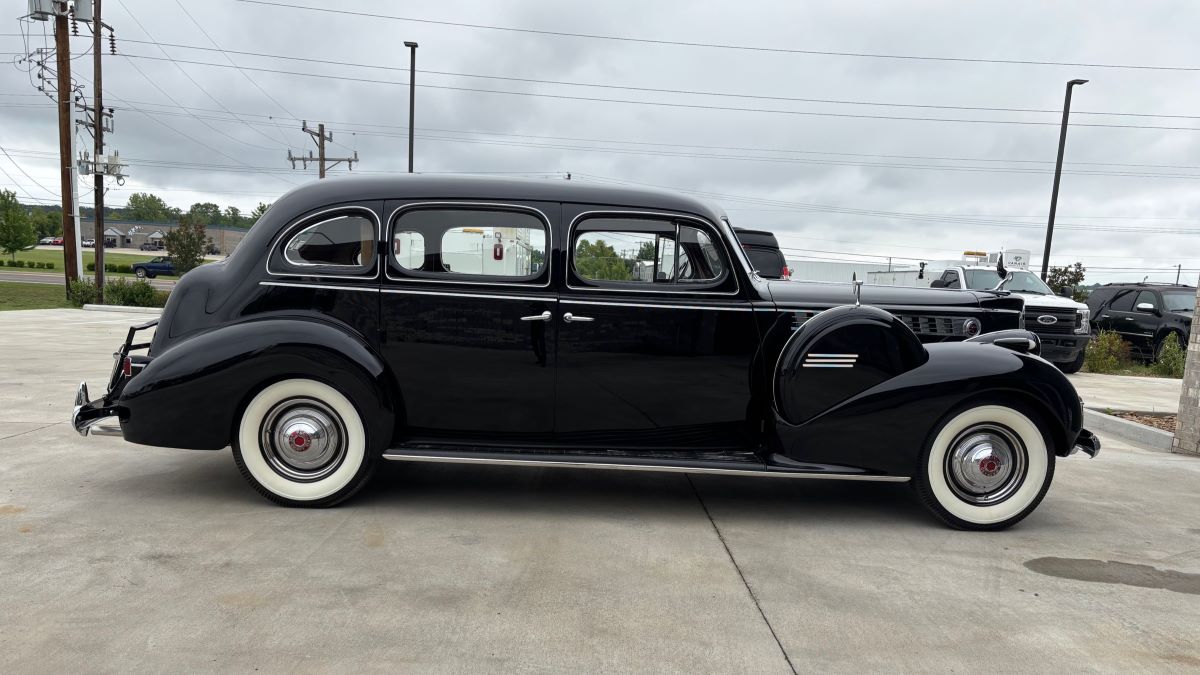
The car’s profile screams sophistication—especially in an elegant black paint job—thanks to its prominent hood ornament, sidemounts, and suicide doors. The listing says that the car was restored in 2018, at which time the chrome trim was also replated. The fold-down luggage rack at the rear is a handy feature—not that the car was lacking for space inside the cabin.
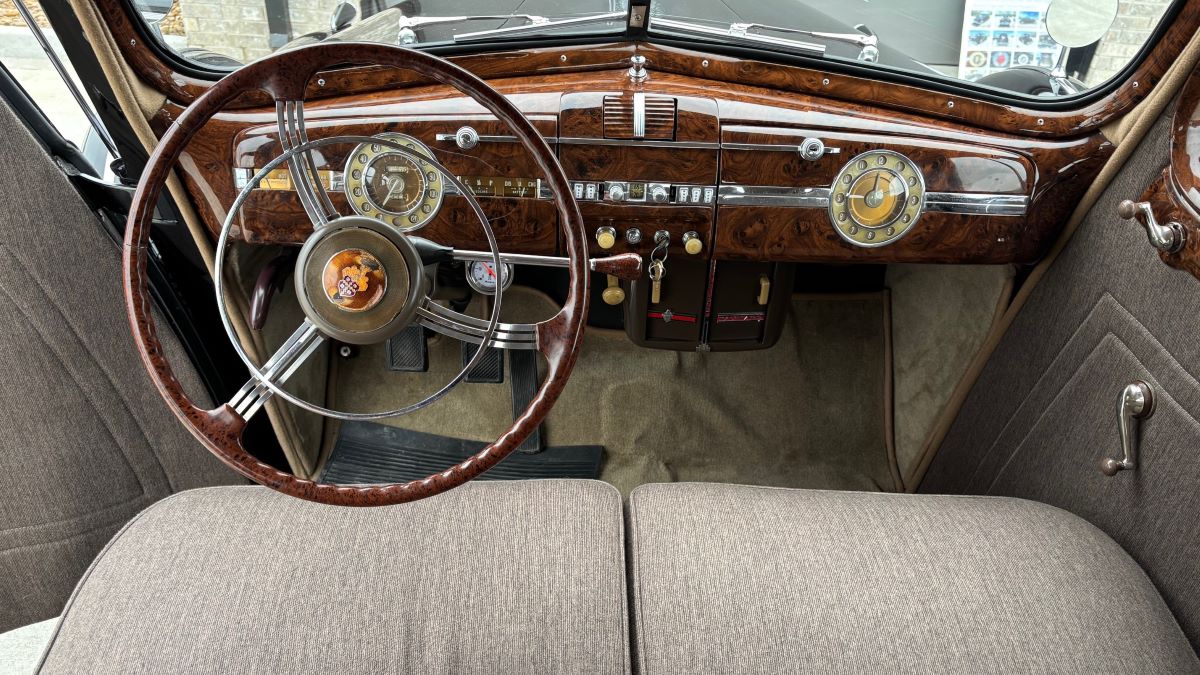
The Custom Super Eight, after all, was the large flagship of the Packard lineup, taking the place of the outgoing V12-powered Packard Twelve. Packard prided itself in luxury, offering a smooth ride even on unimproved roads. “Your ride is almost as comfortable as though you were on new concrete—for which miracle you can thank Packard’s improved Safe-T-fleX suspension, the finest yet developed and the envy of the automotive industry.”
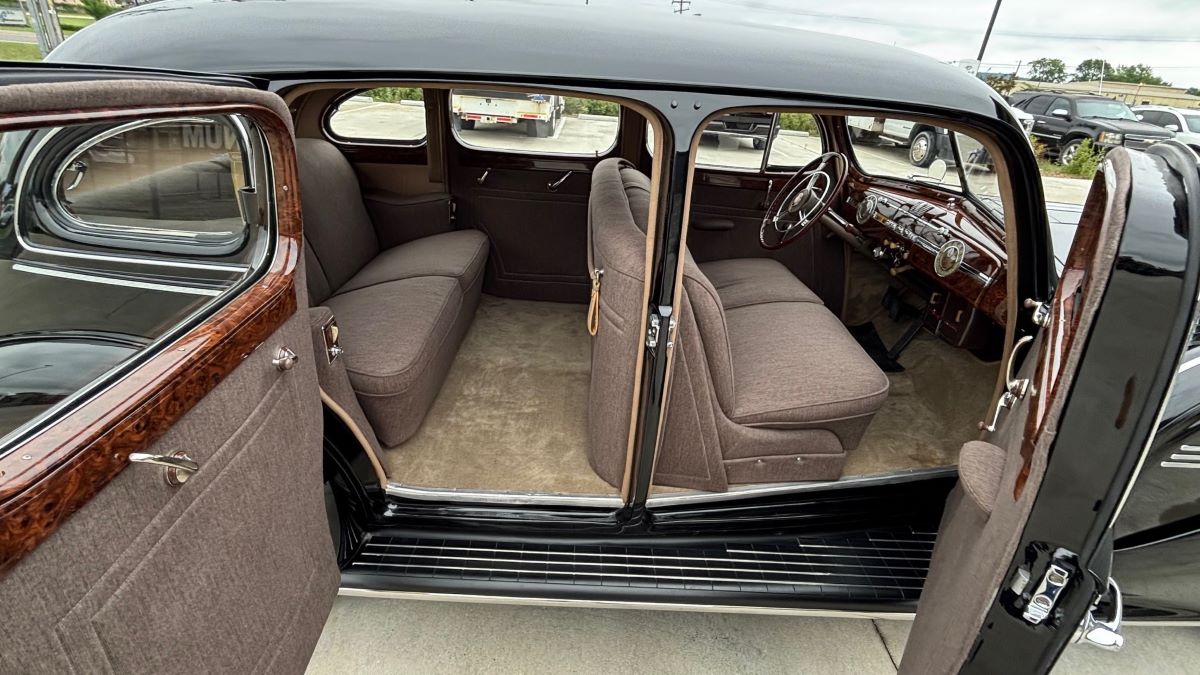
Power comes from a 356ci L-head straight-eight that was rated at 160 horsepower. The engine is fed via a single downdraft carburetor, and the listing says that the wiring was replaced during restoration. The car is parade-ready, and just in time for the upcoming Independence Day holiday.
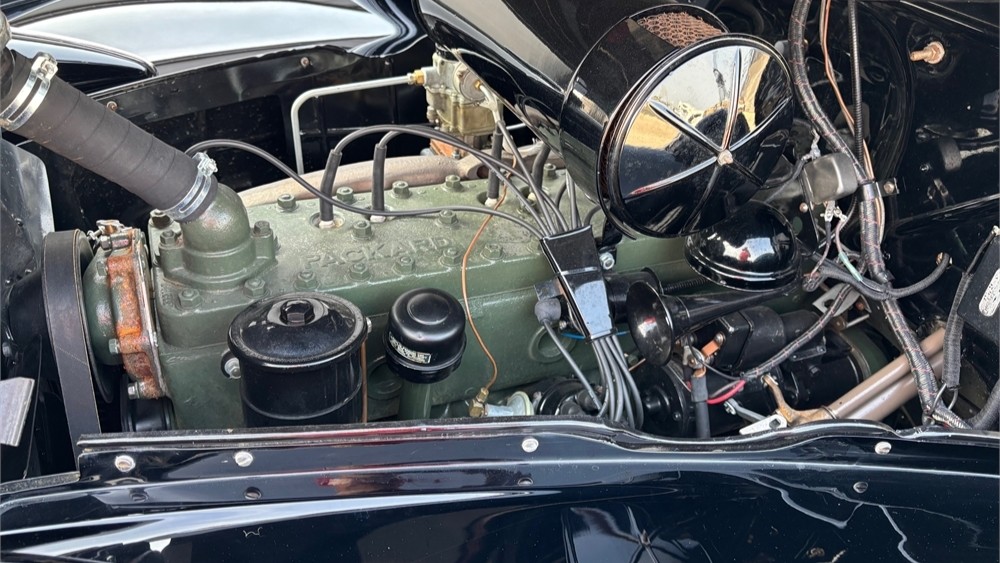
An ad for the 1940 Packards from The Saturday Evening Post said, “You’ll fall in love and never get over it.” It went on to say, “Unless there is ice in your veins, you’re going to lose your heart to the most stunning new car that ever left a designer’s board.”
Automotive enthusiasts may recall that Packard merged with Studebaker in 1953, and the nameplate was eventually phased out by the end of 1958. It was a great run while it lasted—and this car is a prime example of peak Packard engineering and design.
The auction for this 1940 Packard Custom Super Eight 180 Sedan ends Thursday, June 19, 2025 at 11:30 a.m. (PDT).
Visit the AutoHunter listing for more information and a photo gallery
Get ready to experience the next generation of automotive excitement. The year 2025 is set to deliver a thrilling lineup of performance and sports cars, blending breathtaking design with cutting-edge technology. Electrification and hybrid powertrains are taking center stage, while classic marques reimagine driving pleasure for a new era.
Automotive enthusiasts and industry insiders alike are buzzing with anticipation as manufacturers unveil bold innovations and record-shattering specs.
Join us as we count down the 15 hottest performance machines you absolutely need to see in 2025.
Smart buyers know that finding the perfect new car isn’t just about the lowest price tag, it’s about maximizing value while minimizing costs. In a market where car prices keep climbing, we’ve uncovered 20 hidden gems that savvy shoppers need to know about. This list reveals new vehicles that combine affordability with impressive features, proving you don’t need deep pockets to drive smart. We’ve analyzed everything from fuel efficiency to maintenance costs, helping you make an informed decision your wallet will thank you for. These aren’t just cheap cars, they’re intelligent investments that smart buyers are quietly snatching up.
Today we are checking out one of the toughest—and coolest—off-roaders ever made: the Toyota Land Cruiser “Troopy.” Known for its durability and go-anywhere capability, this vehicle has a rich history of service around the world, from deserts to disaster zones. In this video, we take a look at this restored example’s upgraded engine and check out a few upgrades that take this rig to the next level.
For more interesting finds, be sure to follow our YouTube channel here.
The 1990s marked a pivotal era for Honda, as the brand cemented its reputation for reliability, forward-thinking design, and engineering brilliance.
Honda’s commitment to technological innovation transformed everyday commuting and ignited the passions of driving enthusiasts worldwide.
From cutting-edge VTEC engines to sleek, modern aesthetics, Honda models became icons—gracing streets, racetracks, and pop culture alike.
This article explores ten standout Hondas from that memorable decade, each leaving a lasting impression and helping define an era of automotive excellence.
